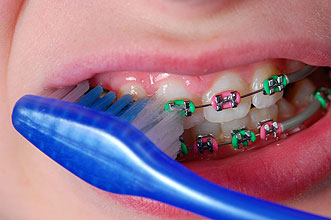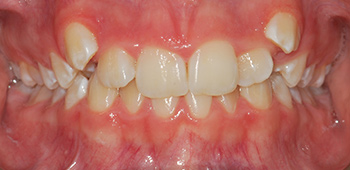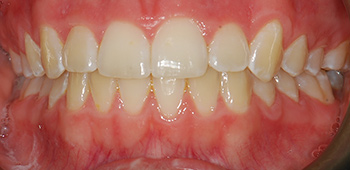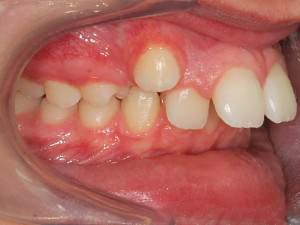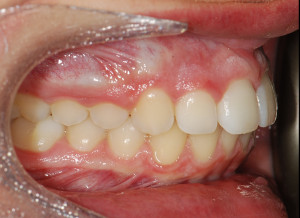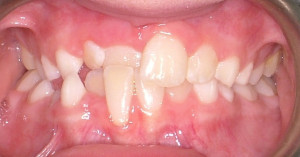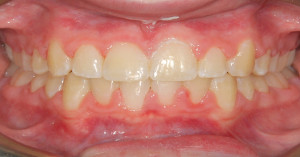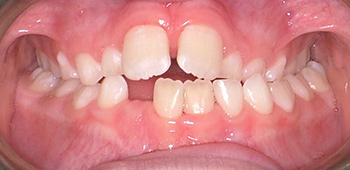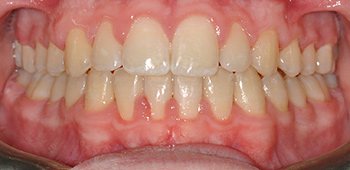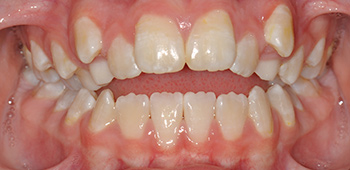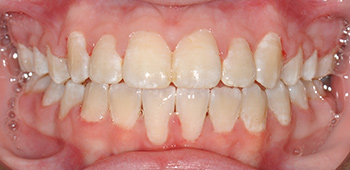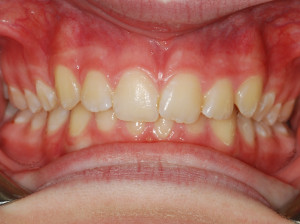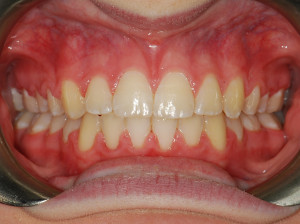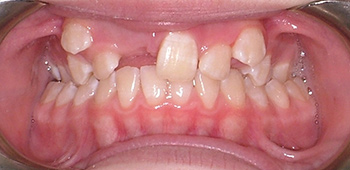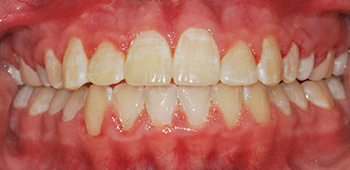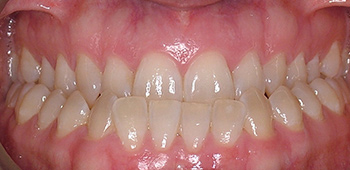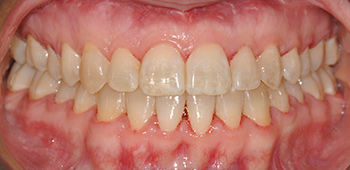Although orthodontic treatment is certainly a significant financial and time commitment, perhaps the most important commitment is looking after your teeth and orthodontic appliances to ensure that the appliances are not lost or broken and teeth remain healthy. Good oral hygiene throughout orthodontic treatment is the most important priority for a successful treatment result. Under normal circumstances we should thoroughly brush our teeth morning and night, systematically and looking at a mirror, including flossing at night. During orthodontic treatment with appliances attached to the teeth, particularly braces, teeth should be brushed ideally after each meal, or more realistically, three times every day – morning, afternoon (when returned home) and before bed.
Every member of our clinical team, Dental Assistants, Orthodontists and Hygienists, can advise regarding oral hygiene, diet and care for orthodontic appliances. We monitor our patients’ oral hygiene at each appointment during active treatment by recording a score on the computer treatment record and we periodically conduct an oral hygiene competition to focus attention on how important it is.
